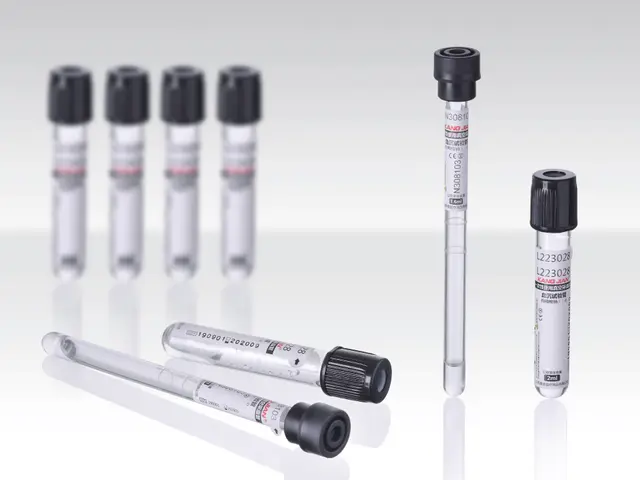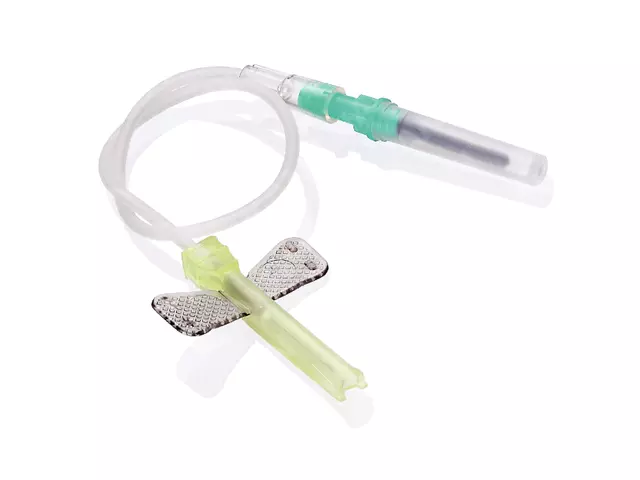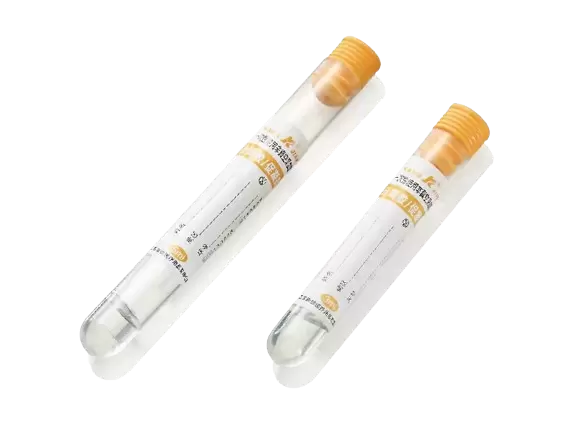The Role of Sodium Citrate ESR Tubes in Modern Diagnostic Laboratories
In clinical diagnostics, accurate blood tests are critical for proper patient management and treatment. Among the many tests conducted, the Erythrocyte Sedimentation Rate (ESR) test stands out for its ability to detect inflammation and monitor a range of medical conditions, including autoimmune diseases, infections, and certain cancers. A key component that ensures the accuracy and reliability of this test is the sodium citrate ESR tube. This specialized tube plays a crucial role in maintaining the integrity of the blood sample, enabling accurate results. This article Kangjian will explore the role of the sodium citrate ESR tube in ESR testing.
What are Sodium Citrate ESR Tubes?

A sodium citrate ESR tube is a blood collection tube that contains sodium citrate as an anticoagulant. The primary function of the sodium citrate is to prevent blood from clotting during the collection and processing of blood samples. Sodium citrate works by chelating calcium ions in the blood, which are essential for the clotting process. By preventing clotting, the blood sample remains in a liquid state, ensuring that the ESR test can be performed accurately.
The sodium citrate ESR tube is specially designed to collect blood samples for ESR testing. ESR is a non-specific test that measures the rate at which red blood cells settle in a vertical column of blood over a fixed period of time. A higher sedimentation rate can indicate the presence of inflammation, infection, or other pathological conditions. The sodium citrate ESR tube ensures that the blood sample remains stable throughout the testing process, allowing for reliable and accurate measurements. Without the anticoagulant, the blood would coagulate, which would interfere with the proper sedimentation of the red blood cells and compromise the test results.
The Role of Sodium Citrate ESR Tubes in Accurate ESR Testing
One of the primary roles of the sodium citrate ESR tube is to maintain the integrity of the blood sample for accurate ESR testing. The sodium citrate in the tube prevents clotting, ensuring that the blood sample remains in a liquid state. This is important because any clot formation would interfere with the test's ability to measure the ESR correctly. When blood clots, the red blood cells form a clot, which can prevent them from settling at the bottom of the tube in the standard 60-minute period used in the ESR test. By preventing clotting, the sodium citrate ESR tube helps maintain the reliability of the test results.
The ESR test measures the rate at which red blood cells settle at the bottom of a test tube over a given period. The rate at which this happens can be influenced by the presence of inflammatory proteins or other factors that alter the blood’s properties. If the blood sample is not properly anticoagulated, the formation of clots could distort the results. The sodium citrate ESR tube ensures that the red blood cells remain in suspension, allowing for proper sedimentation and more accurate ESR readings.
Additionally, the sodium citrate ESR tube helps to preserve the sample's stability. This is important when there are delays in testing or when samples must be transported from one location to another. By stabilizing the blood sample, the tube ensures that the ESR test results reflect the true condition of the patient, even if there are logistical delays between collection and analysis.
The sodium citrate ESR tube is a critical component in modern diagnostic laboratories, especially for conducting reliable ESR tests. It ensures that blood samples remain in an anticoagulated state, preventing clot formation and preserving the integrity of the sample for accurate results. Whether used in diagnosing inflammatory diseases, monitoring infections, or tracking cancer, the sodium citrate ESR tube plays a vital role in ensuring that clinicians have access to the most accurate and timely information about their patients' health. By maintaining the stability of blood samples and ensuring the accuracy of ESR testing, the sodium citrate ESR tube is indispensable in clinical diagnostics. As the demand for accurate and timely medical tests continues to grow, the role of specialized components like the sodium citrate ESR tube will only become more critical in achieving high-quality patient care.




